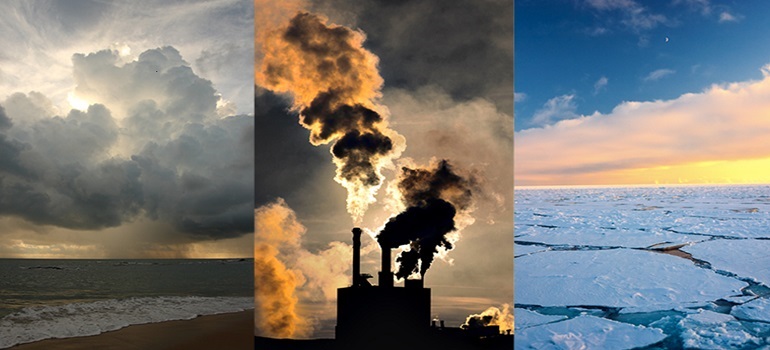Growing Global Alliance and Limited Exposure to Non-Carbon Assets Pose Difficulties
The oil and gas (O&G) sector in the Asia-Pacific (APAC) region is projected to face challenges in fundraising, especially for supporting new capacity, according to a recent report by the Institute for Energy Economics and Financial Analysis (IEEFA).
The report highlights that the financing of O&G companies depends on the practices of their financiers, underwriters, and advisors. However, an increasing number of financial institutions are joining the Glasgow Financial Alliance for Net Zero (GFANZ), a global alliance committed to reducing funding for fossil fuel operations, including refraining from new direct investments in upstream production.
Christina Ng, co-author of the report and Research and Stakeholder Engagement Leader at IEEFA, emphasizes the need for significant policy changes by lenders, bond investors, and other finance facilitators to align with net-zero commitments and the national targets of their respective countries. As a result, capital support for the O&G sector, particularly expansion plans, could become more difficult to obtain in the coming years.
GFANZ, comprising over 550 organizations from banking, insurance, asset ownership, and asset management sectors, is gaining momentum with a focus on climate and environmental-oriented goals. Many of these organizations, including O&G capital and financial service providers, recognize the necessity to limit fossil fuel financing by 2050 and meet intermediate targets by 2030 or earlier. The alliance aims to cover all of their operations, extending beyond capital provision.
The authors of the report, Gaurav Ahuja and Cameron Fairlie from global consultancy firm Arup, highlight that as GFANZ membership expands and net-zero targets strengthen in the near future, raising capital for new O&G production capacity could become more challenging. The authors also found that APAC-based O&G companies are lagging behind their international peers due to their higher reliance on fossil fuel revenue and limited exposure to non-carbon assets.
Ng points out that despite net-zero commitments, the top 20 O&G producers in the region generate an average of 96% of their revenue directly from O&G production and related activities. Many of these companies adopt a wait-and-see approach to new energy investments, which is causing them to fall behind global peers. Notably, APAC is witnessing significant O&G capacity expansion plans, with 10 regional firms representing 14% of global future planned capacity, half of which are based in China and Australia.
The report reveals that O&G companies in APAC rely more on equity financing than debt financing as a critical source of capital. The aggregate debt-to-total capital ratio of 259 companies analyzed by IEEFA is approximately 32%. Larger players have high debt balances but moderate gearing, while smaller peers exhibit higher gearing. Thus, on a macro level, constraints on debt availability are unlikely to have a significant impact on production.
Financiers attempting to reduce funding for existing O&G operating assets may face challenging decisions, as rapidly pulling funding lines could affect bank balance sheets and broader financial markets. Additionally, many of the largest O&G producers in the region are state-owned, with O&G contributing significantly to national GDP. Ng explains that these companies rely more on O&G for revenue generation compared to their industrial peers, which likely contributes to slower transition.
FOLLOW US ON


